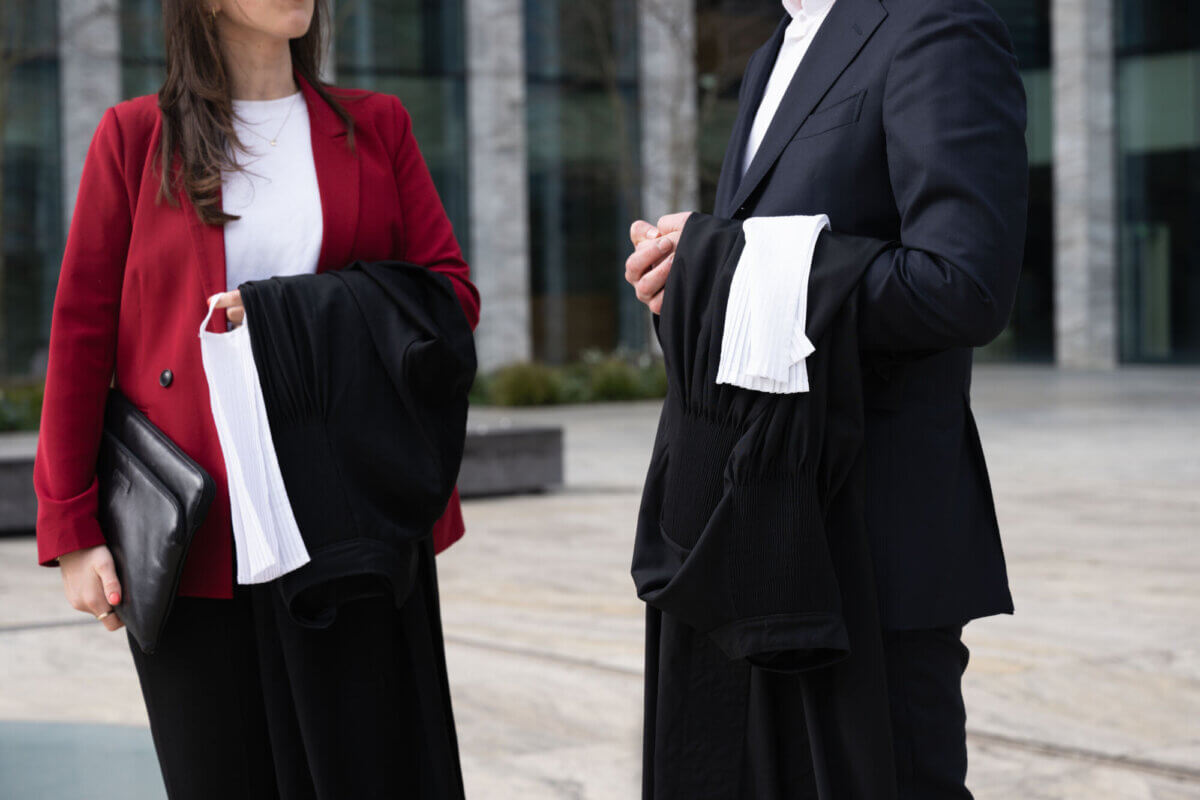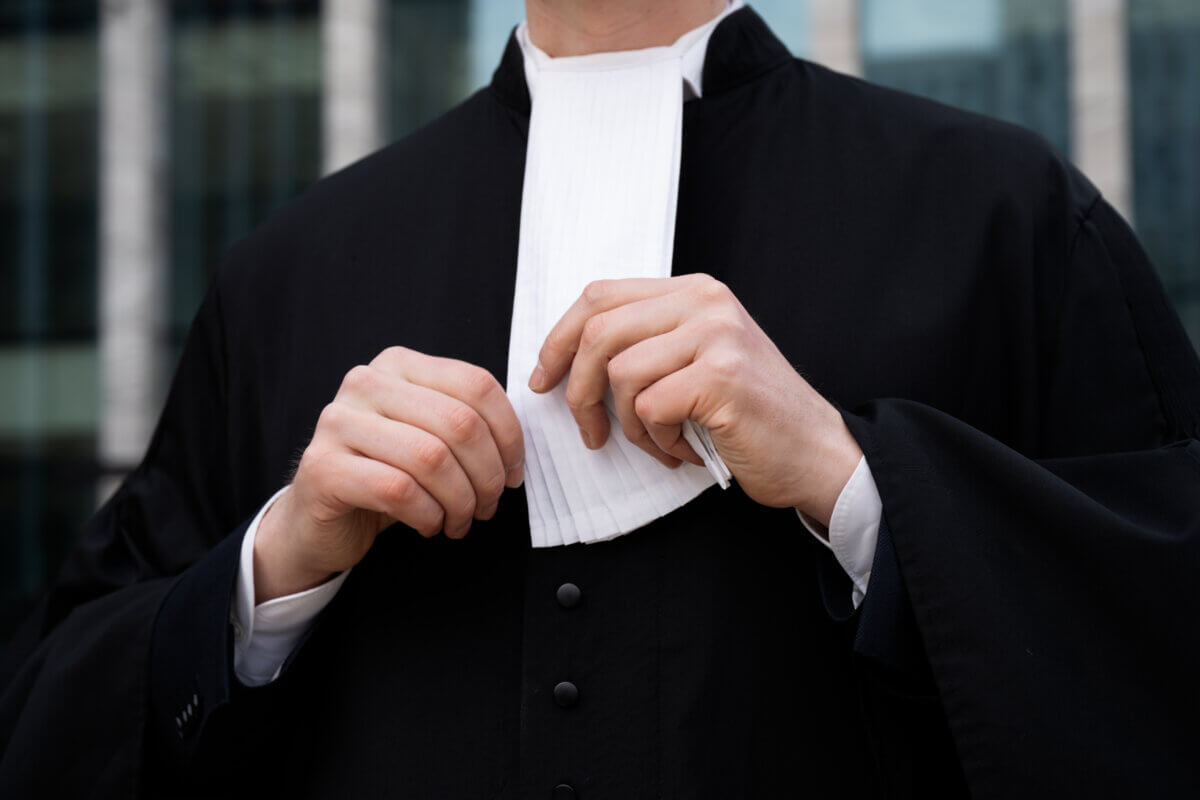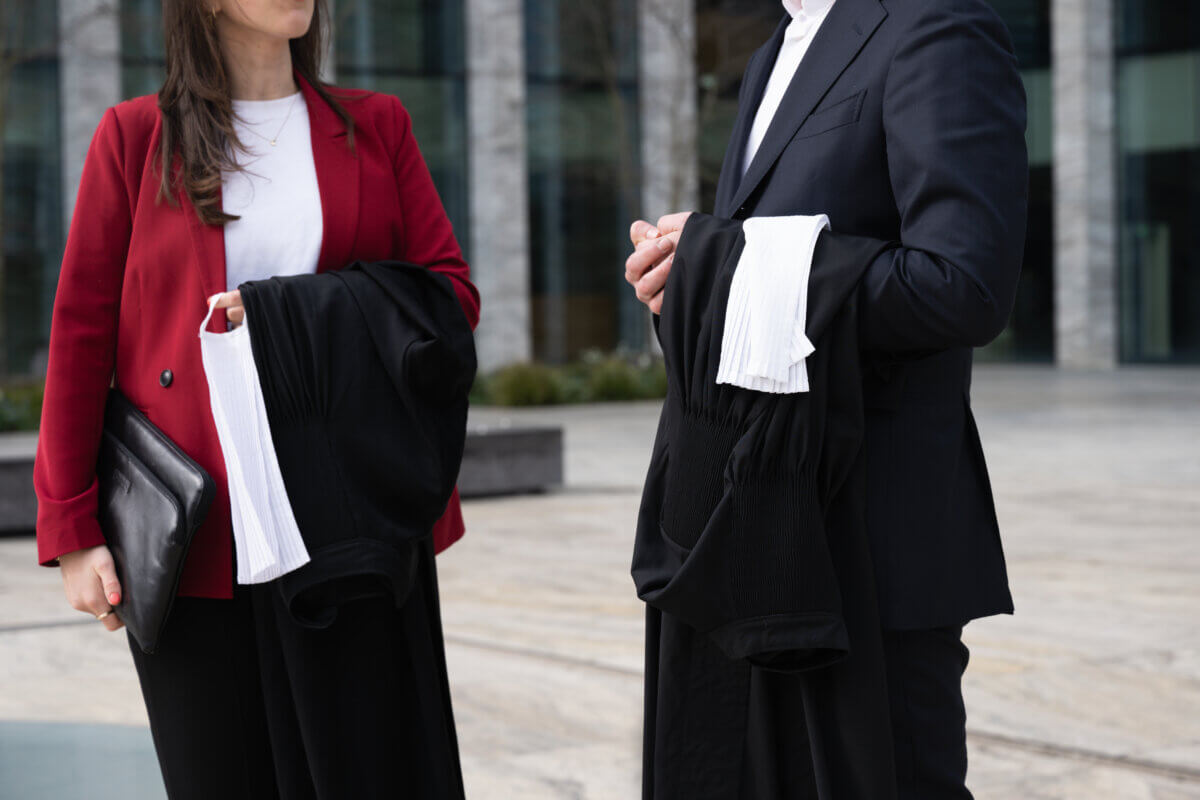Content is King - Protecting crown jewels with intellectual property
All businesses in the Technology, Media and Telecommunications sector know: content is King. The creation of content is important, but the distribution of content is what really determines its value. It is what Telecom giant AT&T made decide to acquire Time Warner: to gain control over the distribution of CNN, HBO and Warner Bros content – all huge news/entertainment brands which generate quite some revenue.
Controlling content
A company does not have to be a conglomerate to profit from online content; it can work to any business’ advantage if used cleverly. By creating content and posting it online, one can increase traffic to one’s website – especially if it can be found easily on search engines such as Google. Linkbuilding (placing multiple hyperlinks to a website) will cause higher placement in their search results, so it’s a good idea to allow other website to place your content with a hyperlink leading back to your own website.
It should be noted that if control over content is lost and people are using it without your consent and in ways you don’t agree to, its value can decrease rapidly in a short period of time. Potential visitors will no longer have the need to visit your website but can gain access to it in other ways. To prevent loss of value and to optimize the benefits of your content, it’s important to protect these crown jewels with intellectual property (IP) rights.
What to protect?
It is generally known that music and movies are protected by intellectual property rights. But there are so many more things that can also be protected, also in the online world: websites, software, apps, social media accounts, databases (including search systems), house style, reports, manuals, product designs, and so on.
Starting companies are smart to actively protect their content from day one and to keep doing so every time new content is created. As it’s never too late to ensure your rights, established companies who have already been active for quite some time should also identify what content they have and examine whether sufficient protective measures are in place.
Employment agreements
Company content is in most cases created by employees. Although the law stipulates that the copyright in works created by an employee automatically belongs to the employer, this does not apply to all cases. If the creation of content does not fall under the employee’s job description and they haven’t been given specific instruction to create such content, the employee himself will own the copyright. Problems can especially arise in cases where a clear job description is missing or if the employer has not given (clear) instructions for creation. The law allows contractual derogation from this statutory allocation of ownership, so make sure to include a clear intellectual property clause in the employment agreements which ensures that all rights belongs to the company. This is especially important when interns are engaged; as they are not by law qualified as ’employees’, their creations will not vest in the employer even if their job description includes the creation of content.
Third parties
Companies often hire independent third parties such as design agencies or website developers to create apps, text, images, etc. Such contracted parties are automatically the owner of the intellectual property rights in the content they created. Ownership issues are therefore an essential point of negotiation when concluding an agreement. Companies will aim at including a clause which states that the intellectual property rights of the works will vest in or be transferred to the commissioning party; the developer usually will aim at granting the company a license to use the content.
Social media accounts
A particular issue of concern is the ownership of and access to social media accounts, including the personal data of the people connected to it (friends, members and followers). It is an asset of the company that is easily overlooked, but the ownership and continuous access is of great value to the business. Companies should make good contractual arrangements with the person or company that is responsible for social media.
Transfer of ownership
Intellectual property is an important part of a company’s business assets and is often a key motive for parties interested to buy that company. As a selling party, it is crucial to find out if you are actually entitled to sell the assets and the associated IP rights. The potential buyer will most likely start a due diligence investigation to examine exactly that, but it will ease the mind to know yourself if all assets and rights are where they are supposed to be. It may for example appear that some IP rights which are essential to the company’s business are not owned by the company, but used on the basis of a license granted by other parties. In that case it’s important to verify that the license can be transferred and that the buyer of your company will be able to continue the use of IP rights; if not, this will definitely harm the appeal of your company to potential buyers. Also licenses granted to other parties and whether the buyer is obliged to maintain them or can terminate them easily may be of influence for the appeal. All this information will help you, or an engaged professional, to estimate the value of your IP rights and therefore the desired purchase price.
There are of course many other issues that may arise in terms of content and intellectual property rights. Our TMT and IP experts know all about them; please feel free to get in touch.











